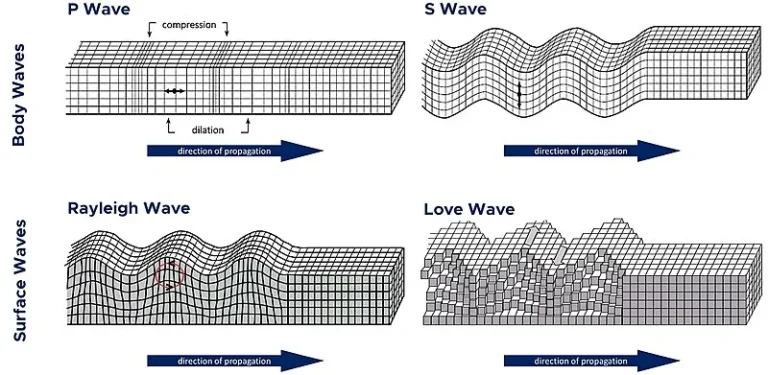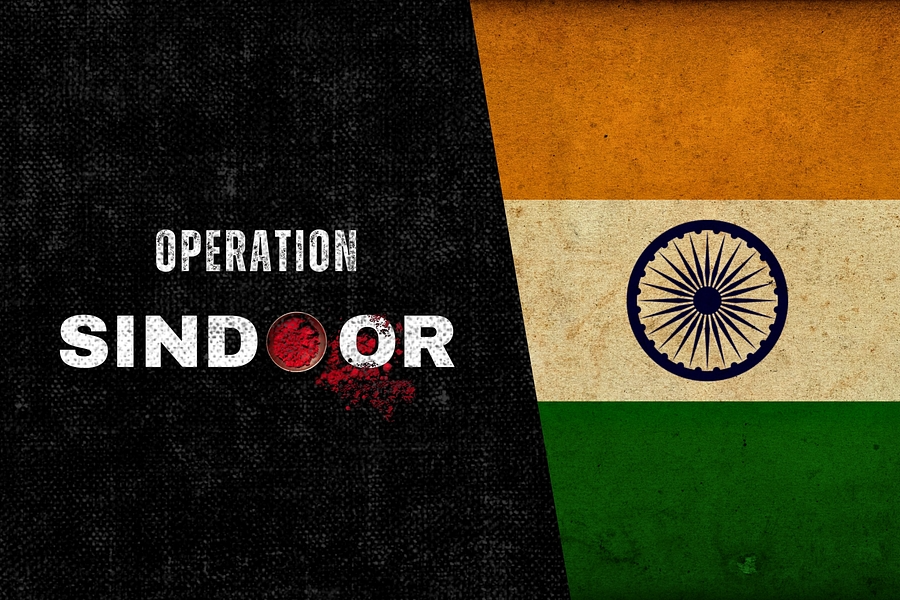July 21st Current Affairs
Non-Positivist Methodologies in Social Research
Home / Non-Positivist Methodologies in Social Research Shift from Positivism to Non-Positivism As sociologists recognized that social realities cannot be fully explained through fixed laws and mechanical patterns, they moved from positivism—which emphasised scientific laws—to non-positivism, which stresses interpretation and subjectivity. Non-positivists view human beings as thinking, reflective agents capable
UPSC Current Affairs – December 3
December 03rd Current Affairs Home / Table of Contents Govt ready to talk about electoral reforms in Parliament, but not before discussion on 150 years of Vande Mataram: Kiren Rijiju Relevance to UPSC GS Paper-II: Polity & Governance Electoral reforms in India – need, challenges, and constitutional provisions. Role of
Fact, Value and Objectivity
Home / Fact, Value and Objectivity What is a Fact? A fact is an empirically verifiable observation—something that can be checked and confirmed through experience or evidence. Facts are considered definite, certain, and unquestionable within the conditions under which they are observed. They are viewed as objective, meaning their truth
UPSC Current Affairs – December 2
December 02nd Current Affairs Home / Table of Contents Bioterrorism a serious threat, world not ready: S. Jaishankar Relevance to UPSC GS Paper-III: Security & Disaster Management Understanding bioterrorism, biological agents, and dual-use biotechnology. Gaps in global preparedness and India’s own biodefence and biosecurity architecture. Role of NDMA, NCDC, ICMR,
Positivism and its Critique
Home / Positivism and its Critique What is Positivism? Positivism is the idea that human behaviour can be studied using the same methods as natural sciences, similar to how matter is studied. It is a philosophical approach that validates knowledge through logic, science, mathematics, observation, and factual evidence. Positivism promotes
UPSC Current Affairs – December 1st
December 01st Current Affairs Home / Table of Contents Sri Lanka declares state of emergency after floods and mudslides Relevance to UPSC GS Paper-I: Geography (Climatology & Disasters) Causes of floods & landslides – linkage with heavy monsoon rainfall, tropical depressions, and climate-change-induced extreme weather. Vulnerability of South Asian countries
Alaska Earthquakes

Why in News?
- On July 21, 2025, Alaska Peninsula was struck by a magnitude 6.2 earthquake at a shallow depth of 48 km—hours after a larger M 7.3 quake on July 17, which occurred at 36 km depth and triggered a tsunami warning
- Both quakes were followed by alerts due to heightened aftershock and tsunami risks.
Context
- Alaska sits on the Aleutian subduction zone, where the Pacific Plate dives under the North American Plate—making it among the earth’s most seismically active regions.
- Shallow quakes (<70 km) are more destructive due to stronger ground shaking
Past Instances
- Historical mega-earthquakes:
- 1964 magnitude 9.2 quake caused a colossal tsunami across the Pacific, killing ~130 in Alaska and Hawaii
- 1958 Lituya Bay quake (7.8–8.3 M) triggered a “megatsunami” wave over 500 m high
Global Response
- Tsunami warnings were issued post-7.3 quake; evacuations were precautionary and later downgraded after low wave activity.
- U.S. alerts leverage sirens, media, and door-to-door outreach—as practiced during the 1964 disaster—highlighting effective systems despite warning fatigue.
Implications
- Frequent shallow quakes stress the need for robust seismic monitoring, reliable tsunami procedures, and sustained public awareness.
- Warning fatigue is a concern: communities with regular false alarms may become complacent.
Earthquake Vulnerability in India
- Regions like Himalayan foothills and Andaman-Nicobar subduction zone remain highly vulnerable, notably during events like the 2004 tsunami.
NDMA Guidelines
- NDMA emphasizes:
- Seismic zoning and mapping of vulnerable coastal districts.
- Comprehensive early warning systems ( tide gauges, buoys, INCOIS network).
- Awareness outreach using SMS, sirens, radio, and door-to-door alerts.
- Infrastructure resilience via tsunami-resilient constructions, elevated safe zones.
Coordinated crisis management across national, state, and local bodies.
Best Practices
- Tsunami Vulnerability Zones: Countries like Japan, Chile, and the U.S. West Coast conduct regular drills, enforce tsunami evacuation routes, and maintain community shelters.
- Real-time seismic monitoring (like INCOIS) integrates global data networks and automated alerts to ensure readiness.
- Community drills, education, and resilient urban planning are essential for preparedness and resilience.
Way Forward
Focus Area | Action Items |
Monitoring & Alerts | Enhance seismic and ocean sensors; ensure real-time data sharing |
Public Awareness | Regular community drills; address warning fatigue via meaningful alerts |
Infrastructure Resilience | Implement coastal zoning, build elevated shelters, train first responders |
Policy & Coordination | Strengthen coordination across agencies; invest in R&D for prediction methods |
Global Collaboration | Share best practices; align with UNESCO-IOC Pacific Tsunami Warning System |
Conclusion
Alaska’s recent quakes serve as a stark reminder that shallow-focus seismic activity in subduction zones demands enduring vigilance—from monitoring and emergency response to community engagement and infrastructure resilience. India, informed by frameworks like the NDMA guidelines, must continue investing in early warning systems, coastal planning, and public preparedness, learning from global best practices to safeguard its own vulnerable zones.
Prelims MCQ
Q. With reference to earthquakes, consider the following statements:
- Primary (P) waves are the fastest seismic waves and can travel through both solids and liquids.
- Richter scale and Moment Magnitude Scale (Mw) are both used to measure the energy released by an earthquake.
- Seismographs record ground motion and help determine the epicenter and depth of an earthquake.
Which of the statements given above is/are correct?
A. 1 and 2 only
B. 2 and 3 only
C. 1 and 3 only
D. 1, 2 and 3
Answer: D. 1, 2 and 3
Explanation:
- Statement 1 – Correct. P-waves are longitudinal waves and are the fastest. They travel through solids, liquids, and gases, unlike S-waves which cannot travel through liquids.
- Statement 2 – Correct. The Richter Scale is an older method, while the Moment Magnitude Scale (Mw) is currently preferred. Both measure magnitude, i.e., the energy released.
- Statement 3 – Correct. Seismographs (or seismometers) detect and record seismic waves, helping determine location (epicenter), depth, and magnitude.
Mains Question
Q. In the context of the recent earthquakes in Alaska, examine the geological reasons for such seismic activity and suggest measures for tsunami preparedness in coastal regions. (10 marks, 150 words)




